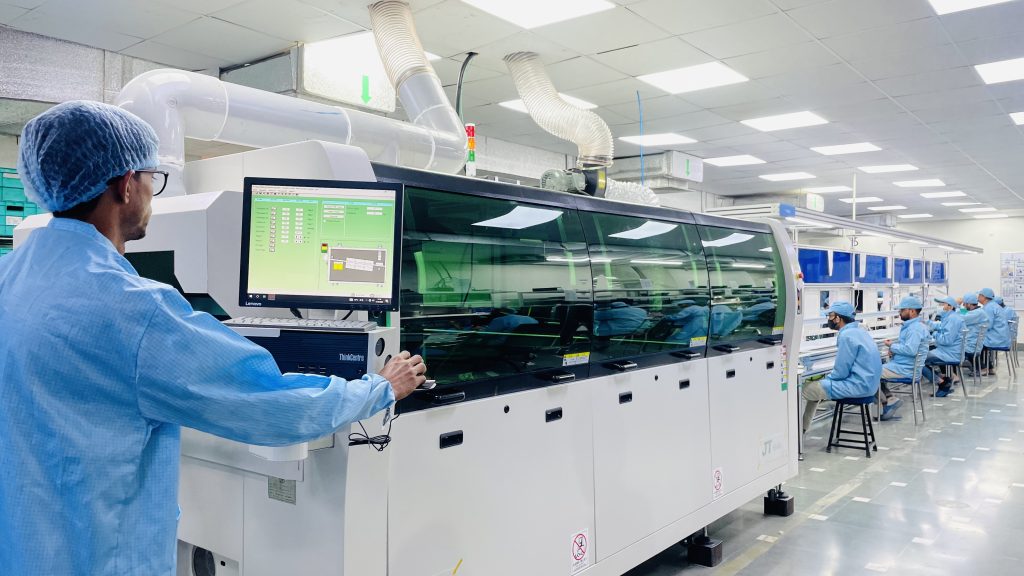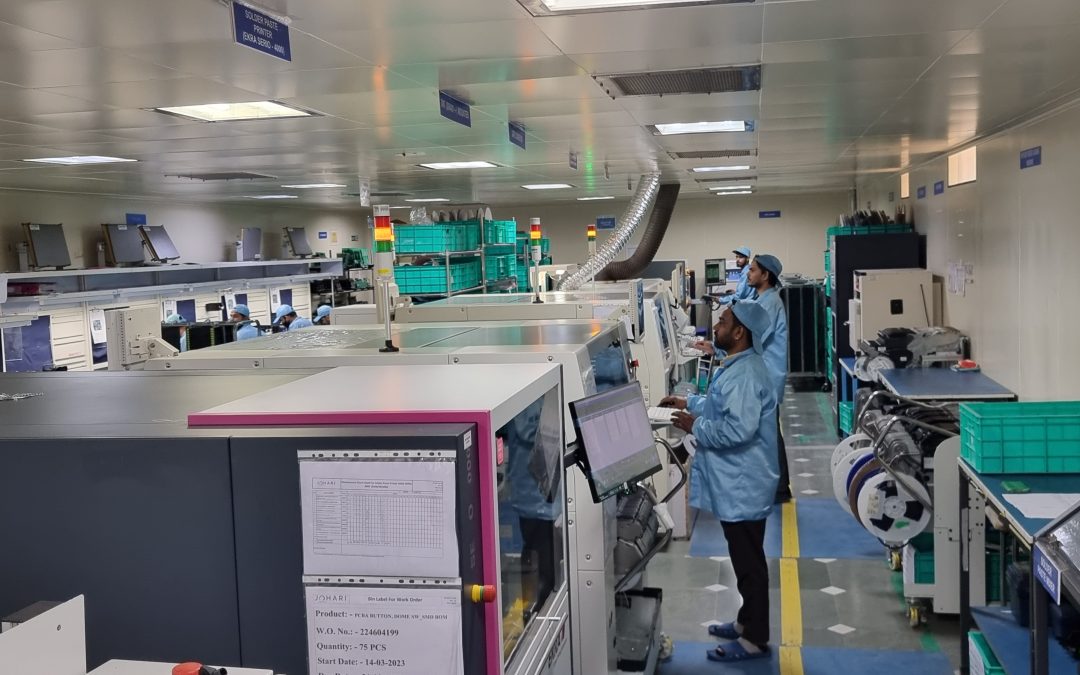A Medical Device Manufacturer’s facility can have several projects of different categories running at any point in time. For 40+ years we’ve partnered with numerous MedTech Companies to accelerate their Medical Device breakthroughs to market. With every new project, we analyze gaps in existing processes and implement a new strategy to upscale production without compromising quality. There are several key practices to remember and adopt for maintaining excellence on the production floor. Managing “Time” and “Resources” appropriately on the manufacturing floor can improve the bottom line and boost production.
1.) Establish priorities
It’s necessary to establish priorities on the basis of urgency and deadlines. Inventory Management, Procurement, Team division, Machinery allocation, and Time management are the aspects that require specific attention from day 1 to work smoothly. Following a set formula/process for every project is not advised as it may have certain setbacks. Based on the availability of resources tasks must be allocated according to their deadlines. Pre-planning must be done to ensure timely procurement & delivery of the projects.
2.) Train the Workforce
Continual training is necessary to ensure the technicians are well-equipped with the necessary skills. To satisfactorily perform new tasks, it’s important to align the workforce accordingly. Workers must be trained according to their roles for every project.
3.) Enable Automation
Automation is entering multiple domains in the Medical Device and development industry. New ideas emerge every now & then to accelerate the innovation & development of Medical Devices. Medical Device Contract Manufacturers are having a tough time managing the diversity of requirements. To maximize productivity, incorporating automation at different levels is a must.

4.) Ensure Quality Control & Compliance
With automation in place the level of compliance increases. Unlike manual production processes, human errors are significantly reduced. Automated processes make compliance an obvious byproduct.
5.) Maintain Assembly Lines
In a Manufacturing organization handling multiple projects, there is always a hustle to get the best output from every resource. On every new installation, a set of protocols must be in place to ensure workers are aware of the latest developments. Also, the number of workers on Assembly lines, Time allocated for one unit assembly, and many such small but important tasks must be kept on track to ensure there are no delays and setbacks.
6.) Setting Realistic Guidelines
Being motivated to do better and achieve higher goals every now & then is good. But, setting objectives that are far beyond your realistic timelines is demotivating. It’s important to allocate resources for several assigned tasks and ensure the guidelines are realistic. Setting unrealistic goals can cause stress and hamper productivity on the manufacturing floor.
7.) The Work Environment
Managing a Manufacturing floor is complex. In such a scenario, it is important to set up policies that keep people motivated. A healthy work environment improves productivity and ensures the best results with minimal delays and errors. A workplace must promote a concept of working together to achieve certain goals over conventional hierarchies and boundaries.
8.) Revisit the Existing Systems
Manufacturers often feel once the processes are set, it’s a time waste to spend money & resources on maintaining systems. Revisiting the existing systems gives you a realistic view of existing capabilities. Identifying gaps & rectifying them timely makes it easier to cope with unprecedented challenges. Revisit,
Personnel: Every individual enters your team with several capabilities and skill sets. After some time, these skills might become obsolete or redundant. It’s important to identify the personnel’s potential and upgrade it accordingly. Often, we restrict personnel in their roles. Restrictions and repetitiveness hinder growth.
Machinery: With advancements in medical devices, we often encounter situations where existing machinery or capabilities might not do any justice to current manufacturing requirements. It’s important to analyze what your current manufacturing requirements are. A gap analysis helps you plan your investment in machinery.
Processes: Generally, we revisit the process whenever there is a glitch or error. But it’s important to realize that even when there are no errors, changing a few things might improve efficiency.
Revisits help in maintaining pace and upscaling as you move ahead.
9.) Make everything Quantifiable
Every asset you utilize on the Manufacturing floor must be quantifiable. Improper Metrix will dilute the efforts of the team and make things complicated. Having the proper Metrix will help you keep track of everything. It gives you a transparent system to measure capabilities and fill gaps.
Conclusion
Managing production floor efficiencies is a must. Taking time to address inefficiencies is worth it. It helps in identifying loopholes and the robustness of the manufacturing system. Johari Digital Healthcare is an MDSAP, ISO 13485 & GMP-certified Medical Device Manufacturing firm headquartered in Rajasthan, India. The manufacturing facility is FDA and GMP certified with state-of-the-art class 100,000 cleanroom and MDSAP-based processes. With numerous projects running 24*7 our production capabilities are always at their peak to ensure timely deliveries of consignments. We operate on Lean principles and ensure maximum output with minimal investments of resources.
Do you have any Medical Device projects in the pipeline? Schedule a call today to accelerate your medical devices to market.

